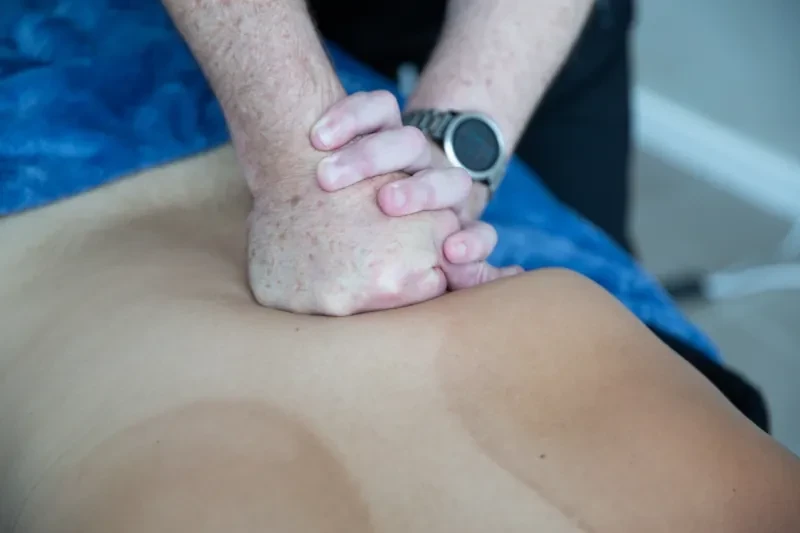4 reasons to get a remedial massage
How often should I get a massage?
Whether you’re seeking relaxation or recovering from an injury, keeping a regular massage schedule is important. It’s not just about immediate relief—it’s beneficial for your long-term well-being.
Think of it like maintaining your car. You don’t wait for it to break down before servicing it. Regular maintenance helps your body stay in optimal, pain-free condition.

What exactly is remedial massage?
What is the difference between massage and remedial massage?
Massage is a broad term that refers to applying pressure to the body’s tissues using various techniques. Most people think of a relaxing setting with dim lights, fluffy towels, and soothing music, which is just one beneficial style, there are many others, depending on what you are trying to achieve.
However, remedial massage differs in three key areas: focus, intent, and scope of treatment.
Focus: Targets specific muscle groups and their interactions that may cause pain or dysfunction.
Intent: Aims to assess, test, treat, and re-test the area to measure improvement in pain reduction or movement.
Scope of Treatment: Based on the assessment, it involves planning ongoing treatment to resolve the issue, whether it needs one session or several.
What is the difference between a Thai massage and a remedial massage?
How often should I have a remedial massage?
The short answer is as often as finances and time permit. However to get the true benefit of the treatment it may be necessary to allow for follow up treatments to really deal with the underlying issues.
To see further information regarding this read the next section.
Now, let’s talk about why people get massages. There are basically four main reasons:
Injury or Pain (either Acute or Chronic): Acute injuries are the ones that just happened, like a sports injury or a strained neck. For these, a series of close-together sessions is usually recommended until the pain or swelling goes down. Chronic injuries, on the other hand, stick around for over 3 months, and regular treatment helps release injured tissues and promotes further healing.
Maintenance of Injury or Pain: After an injury, the chance of reinjury is high. Regular sessions, say once or twice a month, can help prevent “flare-ups” by addressing scar tissue, new injuries, and improving posture.
Preventative: This is the sweet spot. Regular sessions significantly reduce the likelihood of future injuries. It’s like going to the dentist for a checkup – tackling issues before they become big problems.
Relaxation: If your muscles are perpetually tight from exercise or your desk job is wreaking havoc on your posture, a monthly massage is a fantastic idea. It’s not just a treat; it’s an investment in your health and well-being.
So that covers all the reasons why you should get a massage.
The only question left is when?

